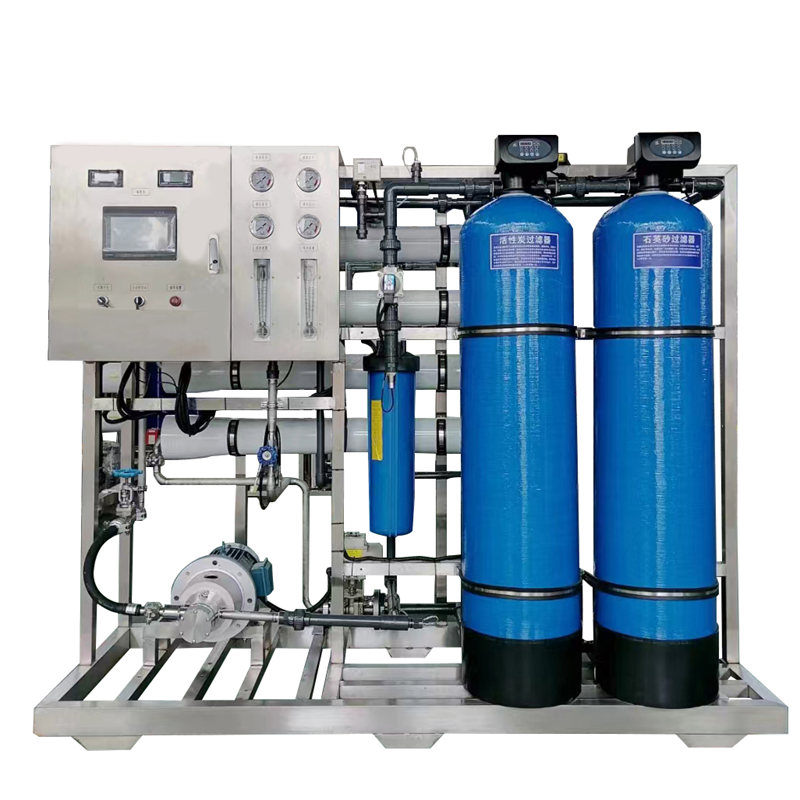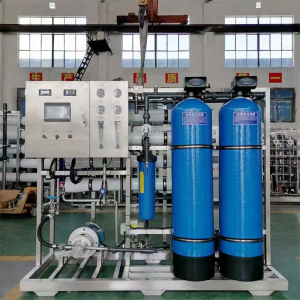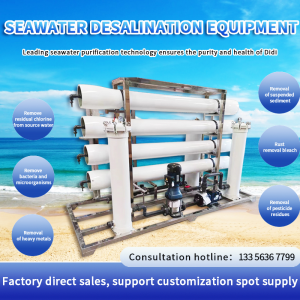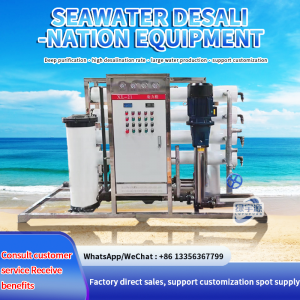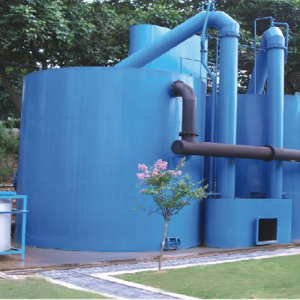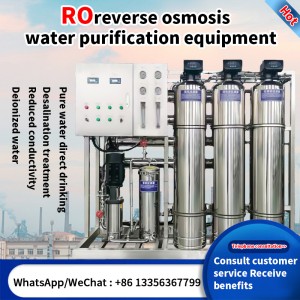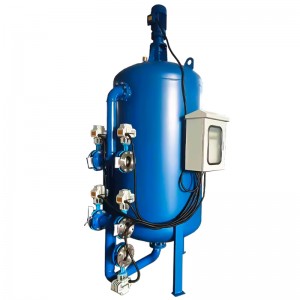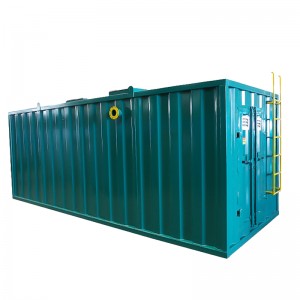General Introduction
Seawater desalination equipment refers to the process of turning saline or salty seawater into fresh, drinkable water. It is an important technology that can address global water scarcity issues, particularly in coastal and island regions where access to fresh water is limited. There are several technologies for seawater desalination, including reverse osmosis (RO), distillation, electrodialysis (ED), and nanofiltration. Among these, RO is the most commonly used technology for seawater desalination system.
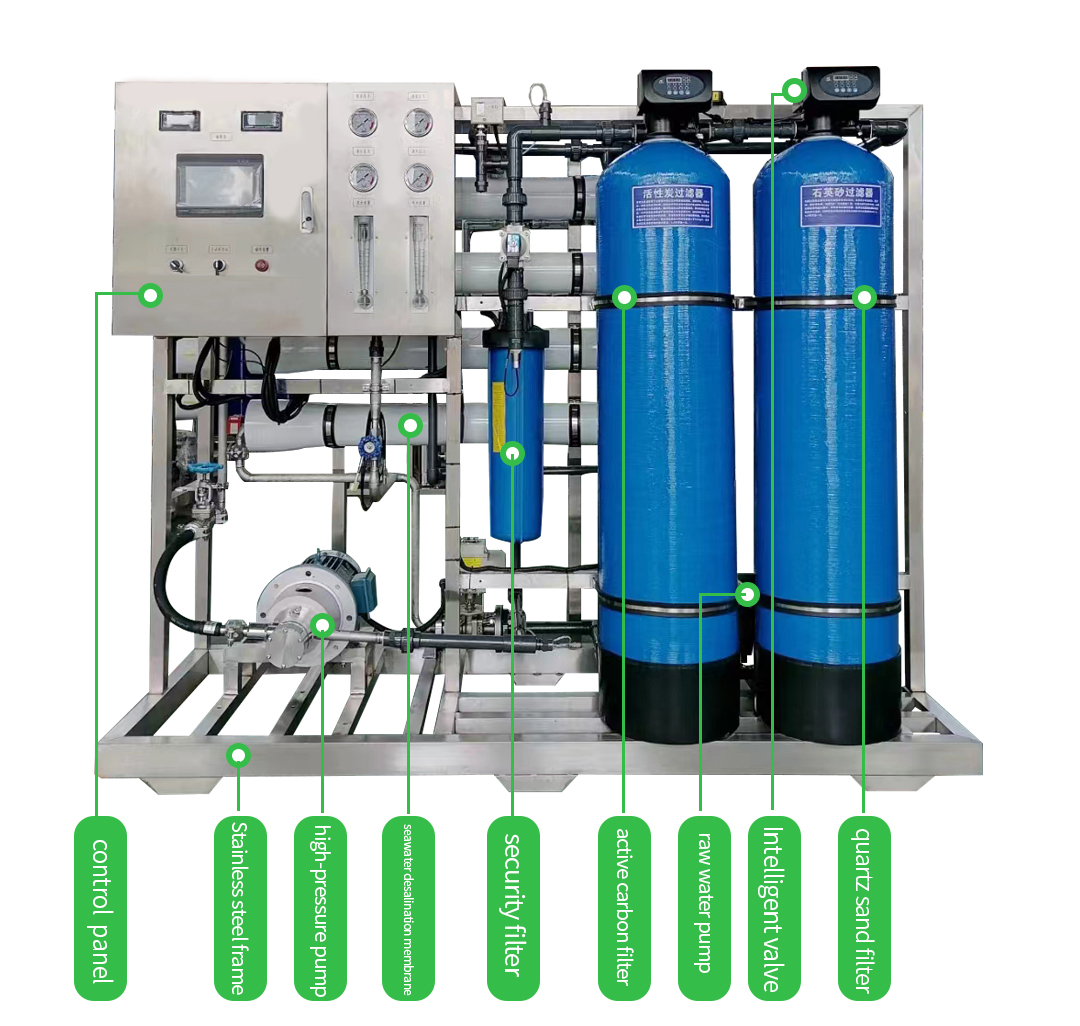
Working Process
The working process of seawater desalination machine generally involves the following steps:
1- Pre-treatment: Before the seawater can enter the desalination process, it needs to be pre-treated to remove any suspended solids, such as sand and debris. This is done through a process called pre-filtration.
2- Filtration: Once the seawater has been pre-treated, it is passed through a series of filters to remove any impurities, such as bacteria, viruses, and minerals.
3- Desalination: In this step, the seawater is subjected to a seawater desalination process, most commonly RO technology. This technology uses high pressure to force seawater through a semi-permeable membrane, which removes most of the salt and other impurities, resulting in fresh, drinkable water.
4- Disinfection: After the desalination process, the water is disinfected to remove any remaining bacteria or viruses.
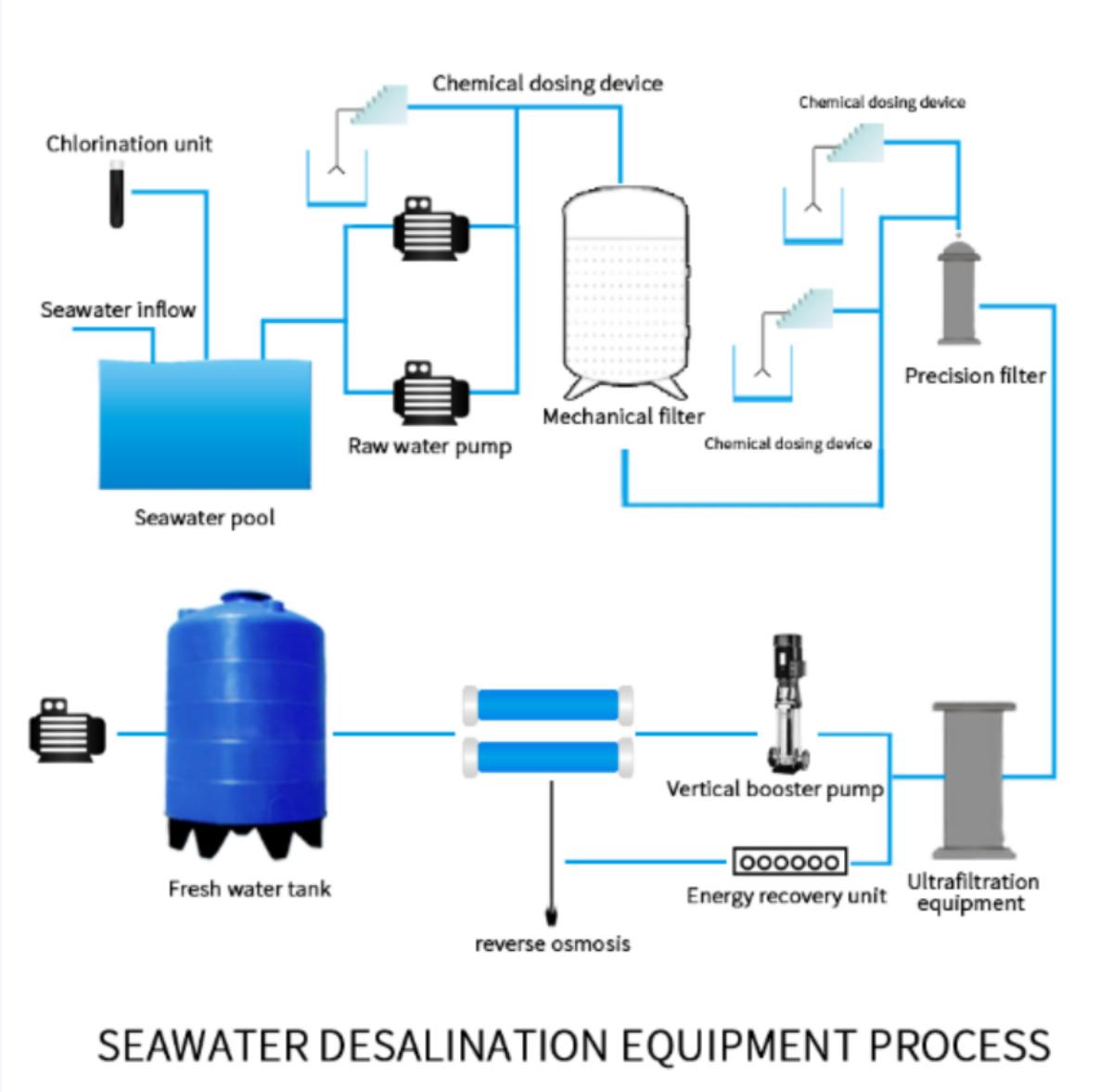
Model and Parameters
The model and parameters of Seawater Desalination Equipment , is just the same as RO water equipment.
The differences are as below ;
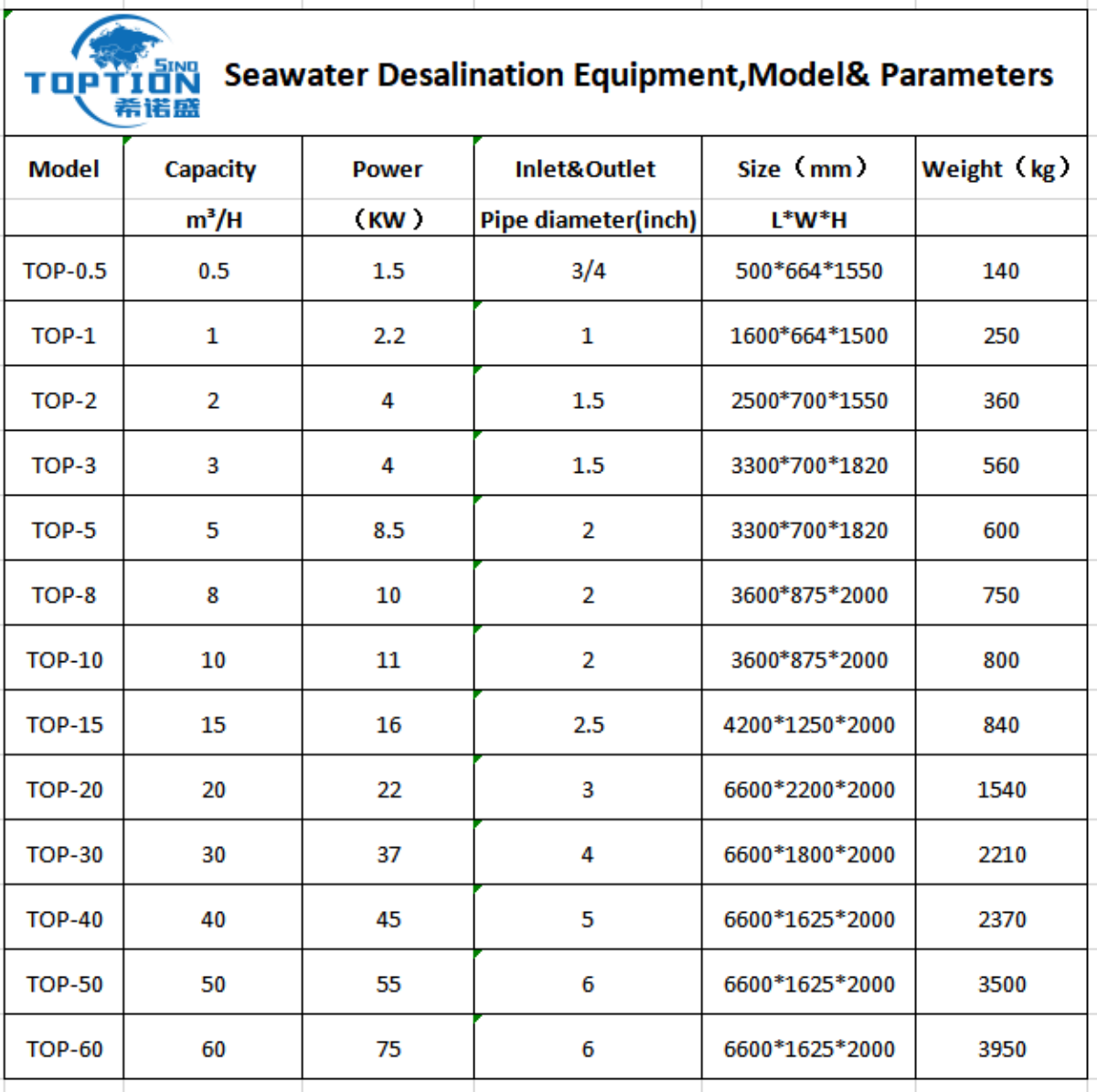
Applications
Seawater desalination equipment has a wide range of applications, including:
1- Providing fresh drinking water in coastal and island regions where freshwater resources are scarce
2- Meeting the water needs of desalination plants, which use a lot of water for cooling, cleaning, and other processes
3- Providing water for irrigation in arid regions
4- Supporting industrial processes, such as oil and gas production, which require large amounts of water
Advantages of seawater desalination
1- Providing a reliable source of fresh water in regions with limited freshwater resources
2 - Reducing dependence on groundwater and surface water sources, which can be affected by climate change and overuse
3- Reducing the risk of waterborne diseases, as the seawater desalination process removes most bacteria and viruses
4- Providing water for industrial processes without putting additional strain on local water resources
However, seawater desalination also has some disadvantages, including:
- High energy costs, as the desalination process requires a lot of energy to operate
-High capital costs, as the construction and maintenance of seawater desalination plants can be expensive - Environmental impacts, such as the discharge of concentrated brine back into the ocean, which can harm marine life if not properly managed.
Overall, seawater desalination is a promising technology that can help address water scarcity issues in many regions around the world. By continuing to improve seawater desalination technology and management practices, it is likely to become an increasingly important source of fresh water in the coming decades.

